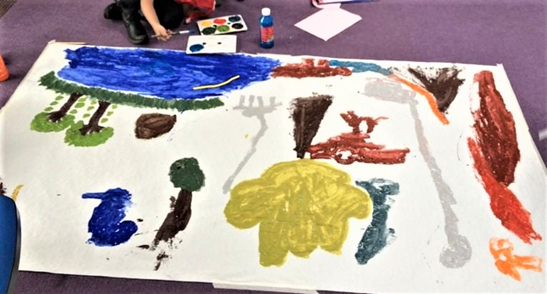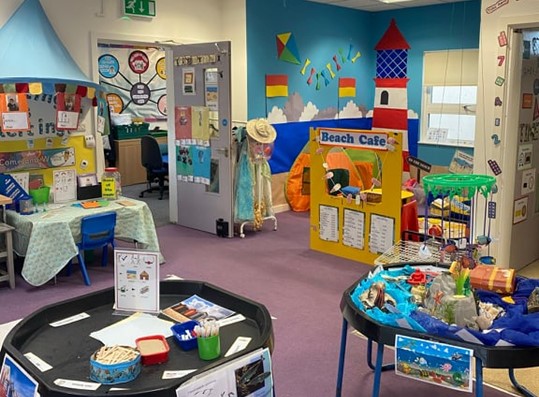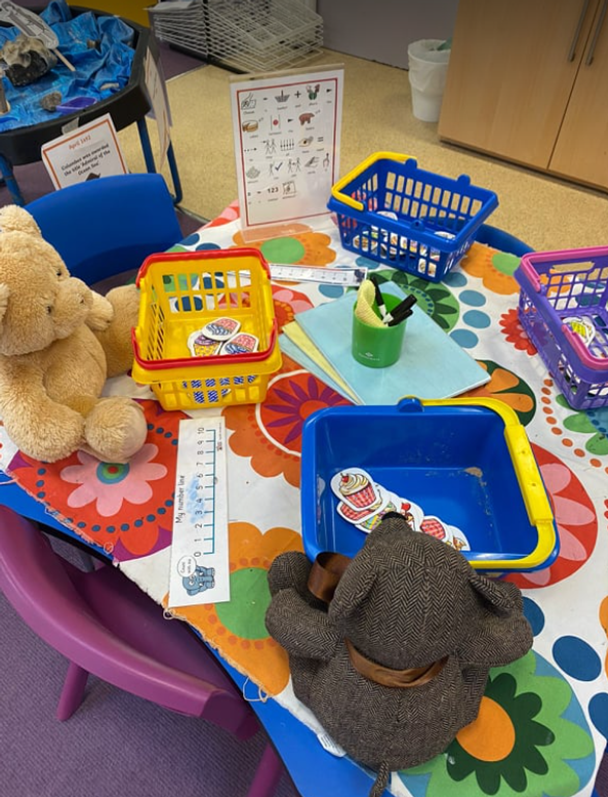Posted February 07th 2022
I’ve spent a decade working in an Enhanced Learning provision for children with DLD.
An Enhanced Learning provision is a resource base often attached to a mainstream school, where there are usually much smaller class sizes.
There are specialist teachers and teaching assistants and children get access to a speech therapist on a regular basis.
The whole environment and curriculum are adapted to suit the needs of the children with DLD, immersing them in vocabulary and providing specialist interventions throughout the day.

What is DLD?
DLD means that you have difficulties understanding and/or using spoken language.
This can apply to any language that you might speak. It can make a variety of things in life really difficult, such as following simple instructions, especially if the people around you aren’t supportive of your needs.
DLD was known as Specific Language Impairment (SLI), and is a relatively unknown term, yet it’s five times more prevalent than autism and affects around two children in every classroom.
It’s a joy to watch the children learn and grow in confidence.
Children often start in the provision with ‘behaviour issues, low confidence and poor social skills, but this is often because they are so frustrated: they’re not being understood or are unable to understand language.
As their language develops and they find tools and ways to manage their DLD, their social skills improve and their confidence grows, undoubtedly having a positive impact on their mental health and general wellbeing both in and outside of the classroom.
What’s it like to have DLD?
I want you to imagine talking to someone.
You’re hearing everything they’re saying, but instead of being able to take the words in and understand them, they’re floating up into the air.
This is what it can feel like to have DLD and it can be frustrating and upsetting.

A vibrant and engaging classroom setting to help children learn.
10 things I’ve learned about DLD
I hope this may help other teachers better understand and identify DLD in an education setting and serve as a reminder of what we can all do to better support children and young people with the condition.
Here are ten things I’ve learned about DLD:
- DLD is the most common learning disability that no one has heard of. It doesn’t get the press, attention or awareness that it needs and deserves. With many people unaware that it even exists, it can make spotting it difficult.
- Sometimes DLD is invisible as it doesn’t impact a person’s speech sounds. It can present in other ways such as, struggling to form sentences correctly, following instructions or finding it difficult to be in social situations.
- Enhanced learning provisions for DLD are essential. It may not always be possible to get a space for your child in a provision due to lack of funding, but there are ways teachers are helping to support DLD in mainstream classrooms.
- Helpful reminders I try to utilise in my classroom on a daily basis are: making clear explicit statements, modelling, rehearsal and repetition, always giving children time to process what has been said and repeating key instructions with visual support.
- The earliest you can be diagnosed is aged five but early diagnosis is key for managing the disorder.

- Just understanding what DLD means can help someone with DLD.
- It’s a lifelong disorder but manageable with the right support.
- Levels of DLD are six times higher in young people in prison. This could be for a number of reasons such as the person not being able to access the language on rehabilitation programmes.
- There’s lots of support and resources online for parents and teachers to help children with DLD. Take a look at the resources listed below that may be helpful.
- Children with DLD can and do succeed.
The children I work with show determination, resilience and bravery when faced with the challenges DLD throws at them.
It’s a privilege to work with these children and I’m proud of the part my colleagues and I play in helping these wonderful kids flourish.
Resources
- RADLD | Raising Awareness of Developmental Language Disorder
- I CAN | The Communication Trust and Consortium
Read more
- British Dyslexia Association | Developmental Language Disorder (DLD)
Sign up now and receive new blog posts to your inbox.
